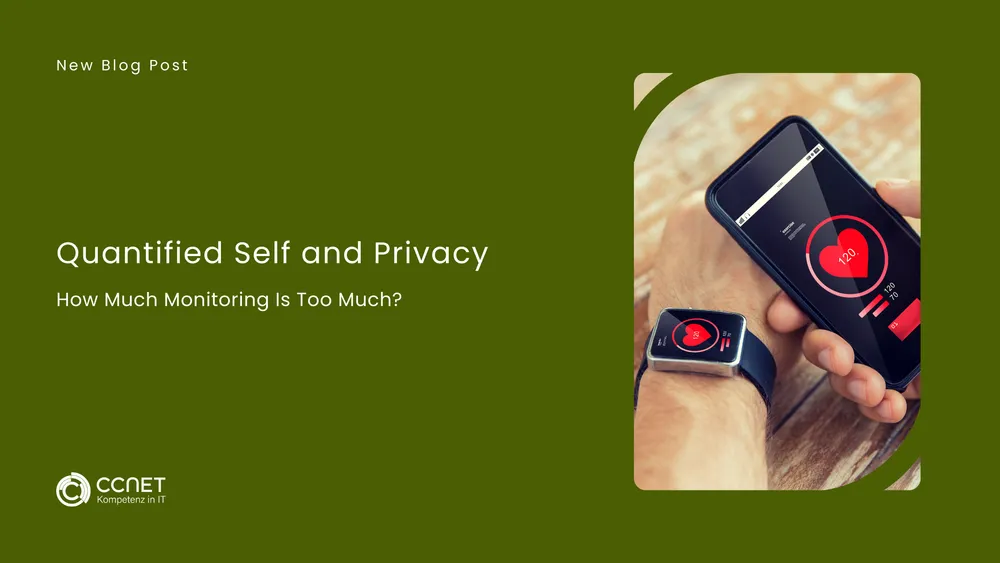
CCNet
Jul 4, 2025 • 2 min read

The Future of Wearables: What security risks lie ahead?
From technical vulnerabilities and legal frameworks to ethical debates and futuristic biohacking concepts—we’ve examined the key facets of how wearables are changing the healthcare landscape. In this concluding article, we offer an overview of what matters now and what will become important in the future.
1. Wearables Are Here to Stay
The use of wearables in the healthcare sector will continue to grow. They provide:
- Early detection of illnesses
- Continuous monitoring of chronic diseases
- Improved patient engagement
- Support for medical decision-making
Digital health technologies are becoming a permanent part of everyday care.
2. Security Must Be a Core Component
Health data is among the most sensitive types of personal information. Security is therefore not a feature—but a fundamental requirement:
- Encryption of all data flows
- Secure authentication and access management
- Regular software updates
- End-to-end privacy policies
Manufacturers must integrate security into the product lifecycle from the start—security by design.
3. Legal and Ethical Aspects Are Gaining Importance
It’s not just about technical implementation—legal compliance and ethical responsibility are also becoming more important:
- GDPR and other global privacy regulations
- Medical device certification and regulatory frameworks
- Transparent consent and user empowerment
- Protection against discrimination and misuse
A holistic security approach must also consider the social consequences of digital health technologies.
4. Users Play a Key Role
Users are not passive consumers, but active participants. Through informed use, conscious data decisions, and digital literacy, they can help:
- Protect their own privacy
- Avoid manipulation and misinformation
- Create demand for secure, ethical technologies
Education and transparency are therefore crucial success factors.
5. Future Perspectives: AI, Implants, and Platform Models
The future of digital health is already taking shape:
- AI-driven diagnosis and personalization
- Implanted sensors and body-integrated devices
- Platform ecosystems for data exchange and health services
These trends bring both opportunities and new risks. A proactive, interdisciplinary approach is needed to responsibly shape the next generation of healthcare.
Conclusion: Responsible Innovation Is Key
Wearables offer tremendous potential—but only if security, privacy, and ethics are not neglected. The goal should be to create technology that not only improves health but also respects people’s rights and dignity. This requires dialogue, transparency, and a willingness to shape the future responsibly.


